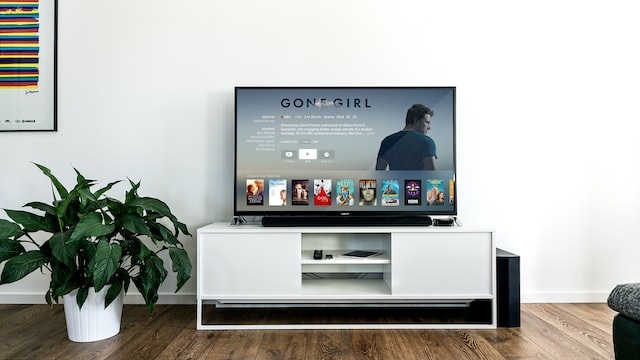As society progresses, so too does the technology we use in our daily lives. With this evolution comes a change in how we watch television. No longer must we be tethered to our couches and bulky TVs; instead, we can enjoy streaming content on our smart devices. While this advancement is undoubtedly convenient, it can also be daunting for those who are not familiar with smart TVs.
A TV is generally a big investment, and for many people, their primary source of entertainment. So it’s critical to make sure you pick the right one. One factor to consider when purchasing a TV is whether or not it has a glare. Some screens are easier on the eyes than others and there are two main types: LED and OLED. So which gives less glare, a LED monitor or an OLED monitor? Let’s take a look.
Is there glare on OLED TVs?
OLED TVs produce some of the best picture quality around, but is there a downside? Some people are reporting that there is a glare on these TVs when viewed in direct sunlight.
If you have an OLED TV from LG or Sony, it is best to avoid putting any form of bright light behind it. This is because they have a glossy screen finish which is prone to glare under these circumstances. If a bright light source, such as a window or studio lights, is positioned directly opposite the television, it will affect how you see the TV show during gloomy scenes.
There’s nothing worse than watching your favorite show or movie and being constantly bothered by glare. Especially when it’s coming from your television. If you have an OLED TV, the positioning and arrangement of your seats can make a big difference in whether or not you get glare.
Is there glare on LED TVs?
LED televisions are becoming more popular because they offer many advantages over older technologies, including brighter pictures and lower power consumption. However, one question that often arises is whether or not there is glare on LED televisions. Glare can be a problem with any type of television, but it may be more noticeable on LED sets because of the brightness of the screens.
You may not have given much thought to the type of screen used in your LED TV, but it can make a big difference when it comes to glare. If you have a lot of light shining on your screen, you might be getting more glimmer than you’d like.
One solution to fix glare in LED TVs is to apply an anti-glare coating to the screen. This will help reduce the amount of flare that is produced and make watching TV much more enjoyable. The anti-glare coating on the screen is also a bit of a mystery, as such a feature is uncommon in high-end LCD televisions. Because an anti-glare coating reduces color vibrancy and contrast, it is uncommon for even higher-end LCD televisions to feature one.
Which Produces Less Glare, LEDs or OLEDs?
When it comes to choosing between LED and OLED TVs, which gives less glare? Both LED and OLED TVs can suffer from glare, but which one is more susceptible to it?
There has recently been much discussion about which type of display technology produces less glare, LED or OLED. Some sources say that OLED displays are better at reducing glare because the pixels emit their own light. However, others claim that LED displays are more effective at this because they use backlighting. So, which is actually true?
In terms of glare, both display technologies have advantages and disadvantages. Nonetheless, a brighter light source will cause some glare from both. OLEDs are expected to have increased contrast in dark areas and reduce glare. A bright source of light can be reduced by using LEDs rather than OLEDs, which can alter brightness more quickly.
Final Thought
Televisions are a necessary part of any home. They come in all shapes and sizes, and with ever-advancing technology, they only become more relevant in our lives. The highly lighted screens of televisions can be very distracting, especially when you’re trying to watch your favorite show in peace. If you’ve ever had to deal with glare on your TV, you know how frustrating it can be. Different types of TVs can cause more or less glare, so it’s wise to pick the one that will work best for your needs.





Leave a Reply